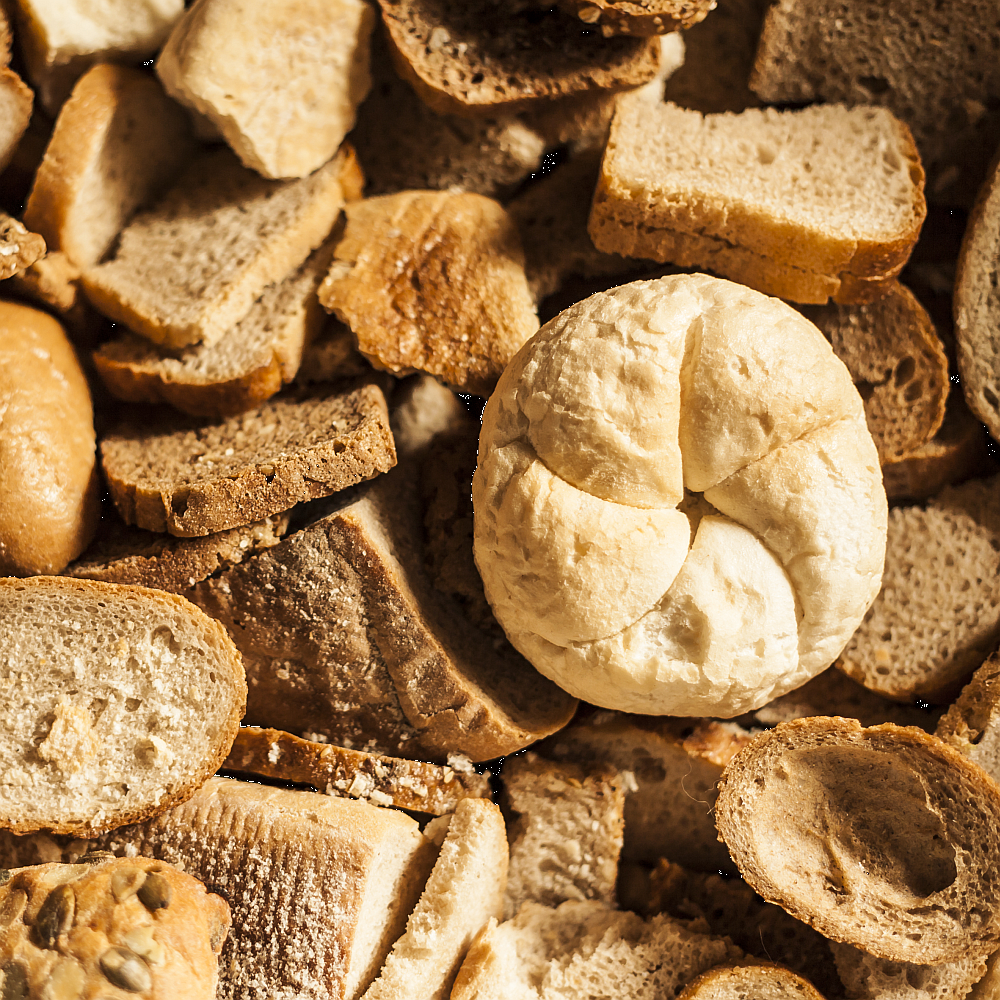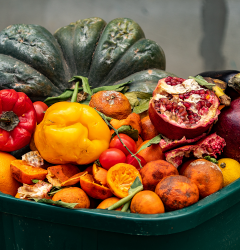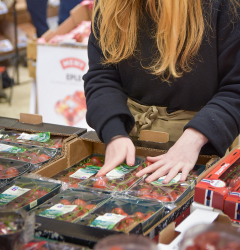04 Jul

Tips to Reduce Grocery Bread Waste
Every food or beverage firm needs to identify strategies for retail waste management. In the case of bread, which deal with food on a far greater scale than most families, you can only imagine the implications. Aside from the obvious environmental impact, did you realize that ignoring wastage in your organization may harm your bottom line? You may contribute to retail food waste management and save money by following these eight grocery waste management suggestions below:
1. Prevent Bread Wastage by Maintaining Equipment Properly
When it comes to any bakery, it’s the equipment that makes or breaks the company. Your time and resources are wasted when crucial equipment malfunctions. Incorrectly calibrated ovens may produce food that is either undercooked or charred. As a result, bread is lacking in uniformity in texture and flavor due to ineffective mixers. Even worse, malfunctioning equipment might put the lives of workers and consumers at risk. Clean, store, and prepare your equipment by the instructions supplied by the manufacturer. Regular maintenance of the bakery’s equipment is essential to its smooth operation and the quality of its baked items.
2. Conduct Accurate Measurements
When it comes to consistently delivering high-quality items, precise measurements are essential. Consumers anticipate baked goods to taste the same as they did the previous time they visited a particular retail location. That’s not going to happen without a standardized measurement method.
3. Follow Up on Leftovers
Make sure you communicate properly with your employees. One of the goals is to teach people how to keep an eye on their leftovers. Tracking leftovers is the best way to know whether you have too much of a certain product, so you can either reduce or eliminate it.
4. Follow-up on Earnings
You should also keep an eye on your food and drink orders to identify what is popular and not so popular. As a baker, accurate sales forecasting helps you manage your inventory as well as design an efficient baking plan. It’s possible to tell a tale by analyzing sales trends.
5. Ensure that the Packaging and Labeling are Correct
In addition to making your items appear their best when they are exhibited or delivered, a well-designed labeling and packing system eliminates mistakes and waste.
6. Keep Your Eyes on the Proper Handling
Handling each product is as critical. Food and time are both wasted when bread is dumped during delivery. When it comes to baking, packing, and delivery, make sure your staff is properly trained on how to handle each product. The staff and food will be safe, and the items will have a longer shelf life as a result of this.
7. Make Orders and Payments Electronically
Ordering and paying for goods and services has never been easier thanks to technological advancements. Bread suppliers may prevent cancellations and unfilled orders, as well as ensure that payments are collected correctly and on time, with the help of it.
8. Donate Whatever Leftovers You Have
Instead of throwing away perfectly fine bread, give the extras to charitable organizations. Even though it’s not a new idea, the number of organizations that accept baked goods from bakeries is steadily increasing.
Regarding retail food waste management, bread retailers have a chance to contribute. A little thinking and planning, effective communication, and a desire to improve the store are all that is needed.
Discover how we at Link Retail may assist you with your bread wastage reduction by contacting us now.
Related Post
Tags
Keywords
Tags
Resources
© 2020-2024 Link Retail. All rights reserved.











